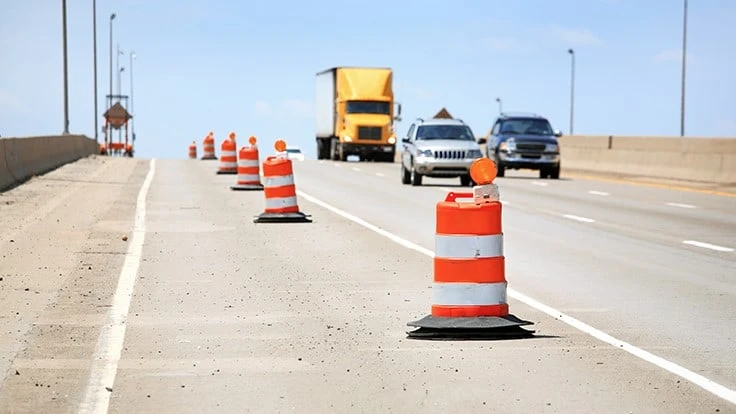
Industry trade associations have started 2021 with a familiar request to the United States Congress for increased infrastructure spending.
As part of a Jan. 12 “Rally for Recovery” message, U.S. Chamber of Commerce CEO Tom Donahue said in addition to stimulus measures already announced by incoming President Joe Biden, “We can also stimulate the economy in a major way if we finally do the long overdue and broadly supported work of rebuilding our infrastructure. It’s the number one way to raise productivity, create jobs and drive up incomes in a hurry.”
Donahue added, “Our lawmakers should enact a fiscally and environmentally responsible infrastructure package that focuses on urgent needs like roads and bridges, modernizes our critical networks and upgrades and expands technology like broadband. Even in a 50-50 Senate and a House divided by five votes, this can be done—and it might build some goodwill for bipartisan progress on other priorities. We’ve been working on this for more than 20 years. Let’s find a way to pay for it, and let’s get moving. This year, there can be no excuses for failure.”
At around the same time, “failure” was a keyword used by the American Society of Civil Engineers (ASCE) as it released a series of “Failure to Act” reports in the run-up to the next, soon to be updated version of its “Report Card for America’s Infrastructure.”
The ASCE examines metals and concrete-intensive construction and upgrading activities in several sectors in its reports, including surface transportation (highways, bridges, passenger rail, transit); water, wastewater and water treatment; electricity, including transmission lines; airports; and seaports and inland waterways systems.
ASCE, in a summary of the reports looking at those various sectors, concludes, “The total documented cumulative investment gap between projected needs and likely investment in these critical major infrastructure systems is more than $2.6 trillion by 2029, and more than $5.6 trillion by 2039”
Construction and building materials-related trade associations have long lobbied Congress and successive presidential administrations, including as recently as September of last year, to reinvigorate what they contend is a lackluster approach to investing in America’s infrastructure.
Latest from Recycling Today
- Reconomy brands receive platinum ratings from EcoVadis
- Sortera Technologies ‘owning and operating’ aluminum sorting solutions
- IDTechEx sees electric-powered construction equipment growth
- Global steel output recedes in November
- Fitch Ratings sees reasons for steel optimism in 2025
- P+PB adds new board members
- BlueScope, BHP & Rio Tinto select site for electric smelting furnace pilot plant
- Magnomer joins Canada Plastics Pact





